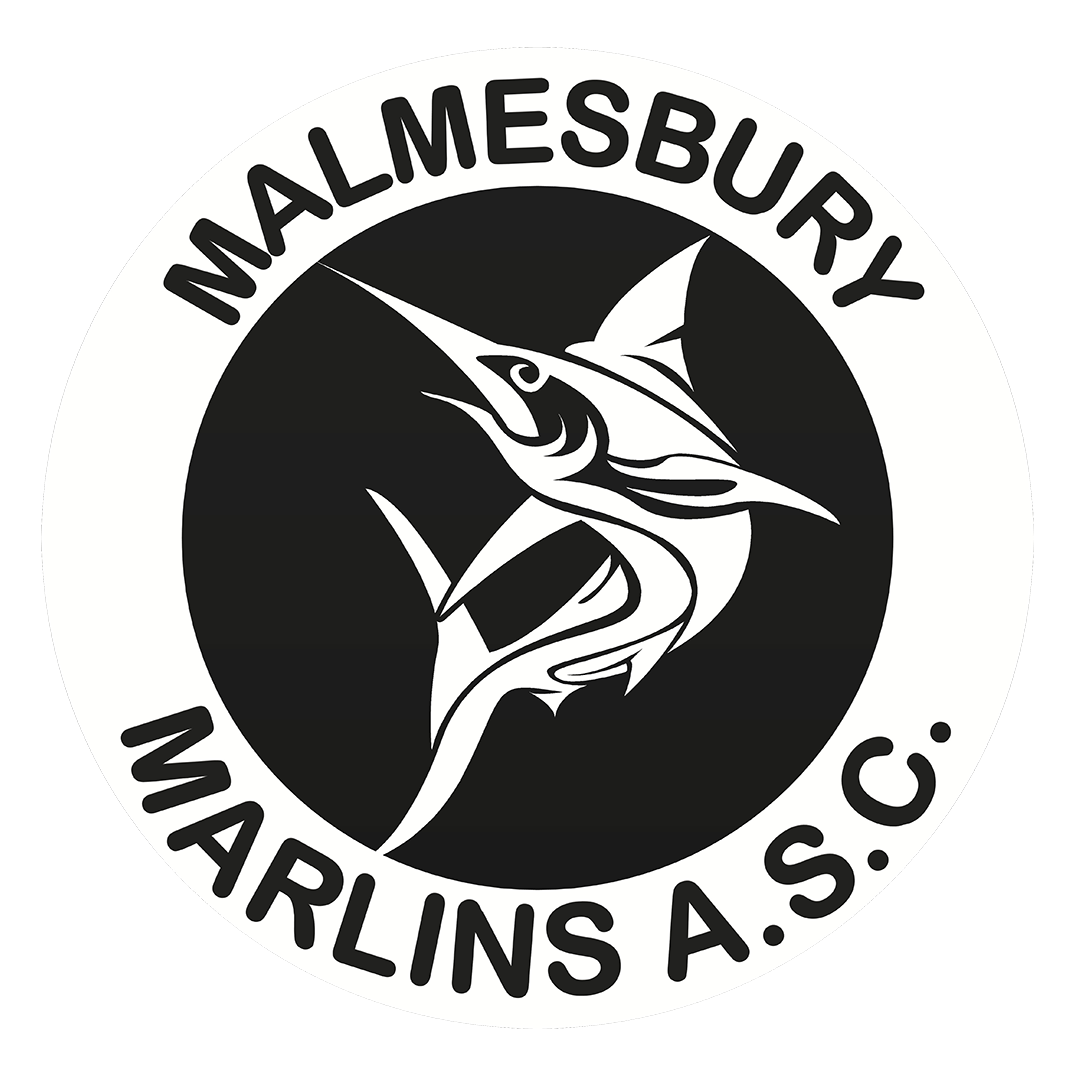Home
We are a competitive but friendly swimming club run mainly by volunteers in Malmesbury. We offer 6.5 hours of training per week, spread over 3 days a week at the Activity Zone leisure centre. The club has a great atmosphere and we welcome new members (waiting lists permitting) who are at least Stage 7 in the Swim England Learn to Swim Program.
We compete in the Wiltshire Summer and Winter League galas against other Wiltshire Clubs - our best swimmers for each age group from under 11's to Open are invited to take part in these galas and thoroughly enjoy representing their club. The team support each swimmer experiences is second to none - all of our swimmers and coaches are proud to represent Malmesbury Marlins ASC and the events are always a fantastic team effort.
We also regularly attend Open Meet competitions which any of our swimmers are invited to enter, and following on from these we have been able to send swimmers to County and Regional level events, where the same team support and team spirit is always present in abundance.
We host our own annual Club Championships which all swimmers are expected to enter, and celebrate our successes at an annual presentation evening in Malmesbury.
If you want to get in contact with any of us, or need additional information please do not hesitate to find one of us at the pool or get in touch with any of us at the Contact Us page.
You will find up-to-date session times, contact details, and other useful information about the club on our site.


